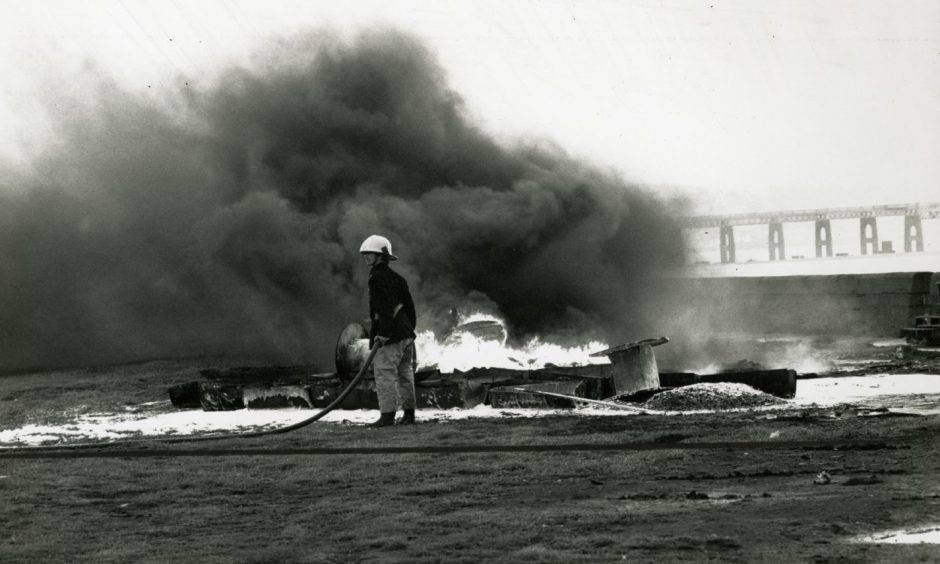
If the unthinkable happens, the emergency services have to be sure they can cope.
This week’s pictorial trip back in time features photographs from emergency training exercises that have taken place in Dundee.
The DC Thomson archives team has dug out a varied selection of photographs featuring scenarios from air crashes and bombs to nuclear incidents.
Some exercises were part of the country’s civil defence preparations when Cold War tension was high and the threat of a nuclear war very real.
As the decibel level and bellicose rhetoric increased between Washington and Moscow, these were troubling times for anybody planning for the long term.
We can relax now, though, so grab a cuppa and enjoy having another browse back through the ages courtesy of The Dundonian, which appears in the Evening Telegraph every Wednesday.
Some of these photographs have not been seen for years.
Do they awaken any memories for you?
Preparing for a disaster with emergency planning exercises in Dundee
Local youngsters watch a woman wearing a sling being evacuated during a training
exercise back in June 1942.
Of interest is the helmet insignia, which suggests the training exercise was organised by the Second World War Civil Defence First Aid Party (FAP).
This October 1961 image shows a stretcher being lowered from the upstairs
window of a building in St Boswells Terrace.
Civil Defence exercises took place all over the country throughout the 1950s and 1960s in the early decades of the Cold War.
Civil defence personnel tend to a casualty during a rescue exercise in 1962.
As the perceived Soviet nuclear threat grew, Civil Defence Corps training focused on firefighting, rescuing people from damaged buildings and feeding survivors.
Firefighters are being hosed down with water to decontaminate during this October 1989 disaster simulation at Dundee Airport on Riverside Drive.
Deaths were rife in the exercise with nine killed and 17 others rushed to hospital with serious injuries after two light aircraft collided on the runway at 11am.
The September 1990 training drill at Dundee Airport was a scenario that saw three people being killed and dozens injured when a light aircraft plummeted from the sky.
At exactly 8.30pm the airport’s emergency siren went off and barely moments later its own fire appliances were racing across the tarmac to the plume of smoke at the other end of the runway.
The oil drums, standing in for the burning aircraft, were quickly extinguished and a second fire was started which would be dealt with by units from Tayside Fire Brigade.
They were unfortunately held up as they had a real emergency to deal with.
The victims were played by members of the St Andrew’s Ambulance Association who were realistically made-up and were all briefed about the symptoms of their injuries.
The Courier said the hangar “looked for all the world like the set of a disaster movie”.
The scenario for the 1994 test at Dundee Airport was a Cessna coming in to land with a faulty undercarriage that gave way on landing, causing it to crash.
This left injured passengers and crew strewn across the airfield, with the burning wreck of the plane to contend with.
All emergency services were involved with a full medical team from Ninewells Hospital and an officer from the Civil Aviation Authority in attendance.
The exercise lasted around 90 minutes.
Tom Brydon, depute emergency planning officer with Tayside Region, said: “We have to follow everything through as if it were real and all the casualties have to be rescued, cared for and counselled.”
All airports were required to carry out these exercises every two years.
The 1996 exercise at Dundee Airport was one of the biggest of the decade.
All emergency services, including HM Coastguard and the RNLI, were in action following the simulated crash between a passenger plane and a training aircraft.
Volunteers from the British Red Cross, the Women’s Royal Voluntary Service, Tayforth University Officer Training Corps and St Andrews Ambulance Association played the role of casualties and anxious relatives.
The drama started just after 11am and lasted three hours.
Chief Inspector Jim Edmonds, emergency planning officer with Tayside Police, said it was an “absolutely first class exercise for all of the agencies involved”.
It’s the final image in our emergency planning exercise gallery.
Did our pictorial trip back in time jog any memories for you?
Let us know.
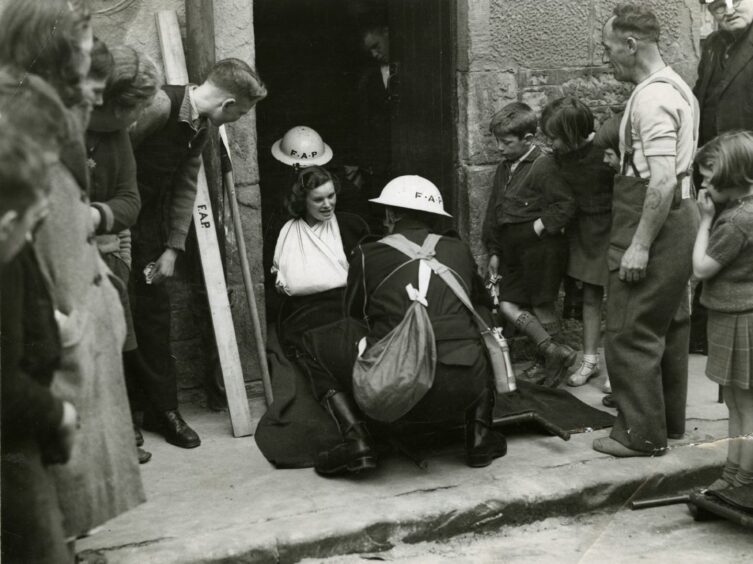
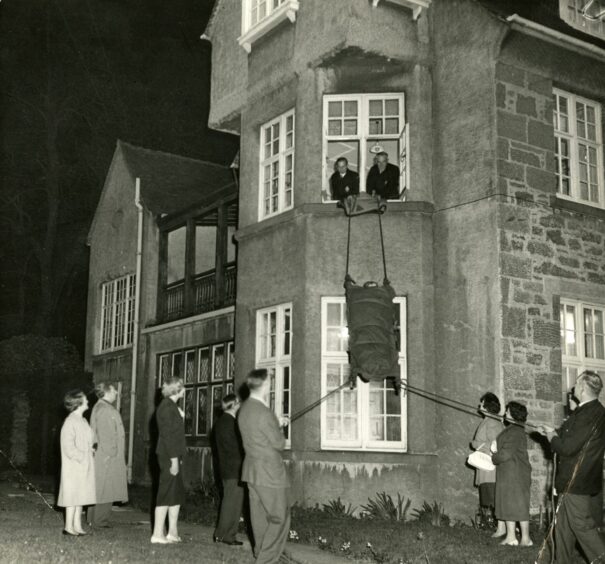
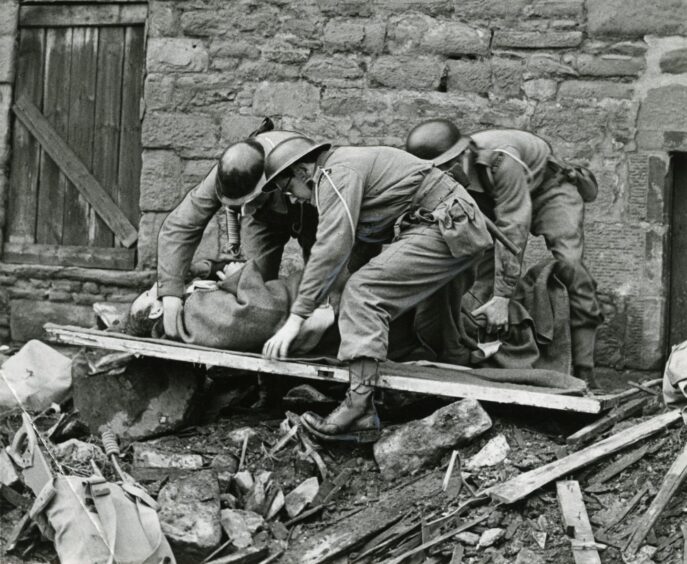
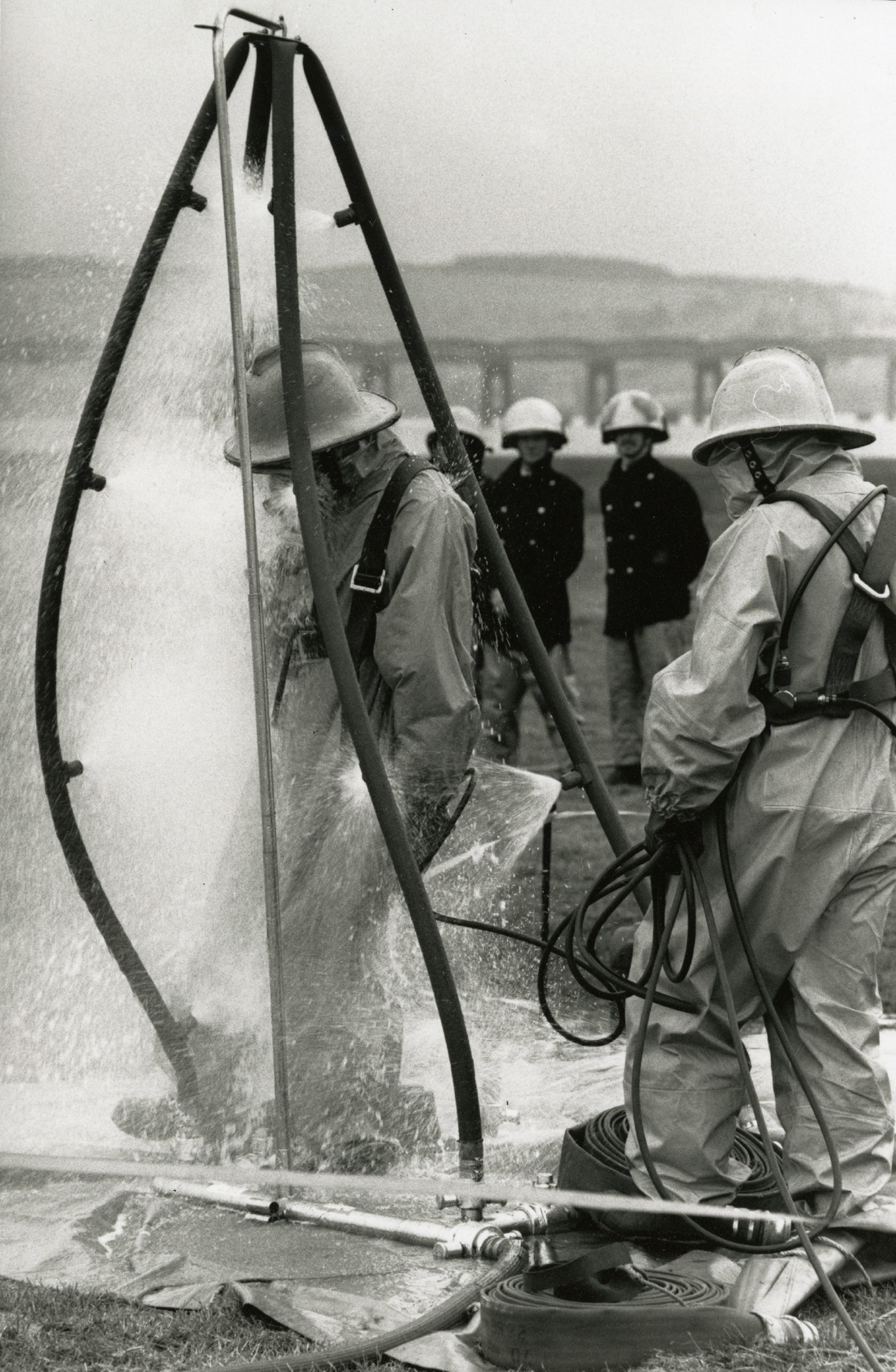
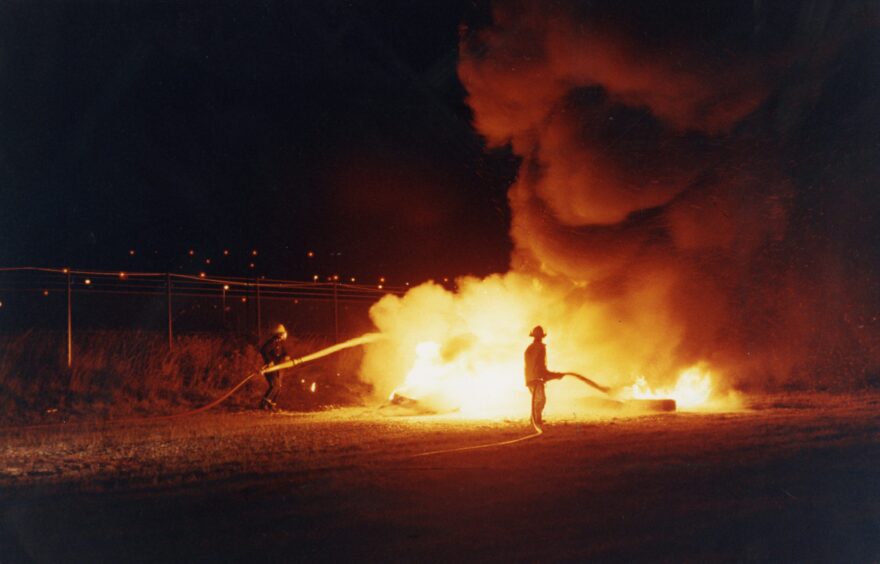
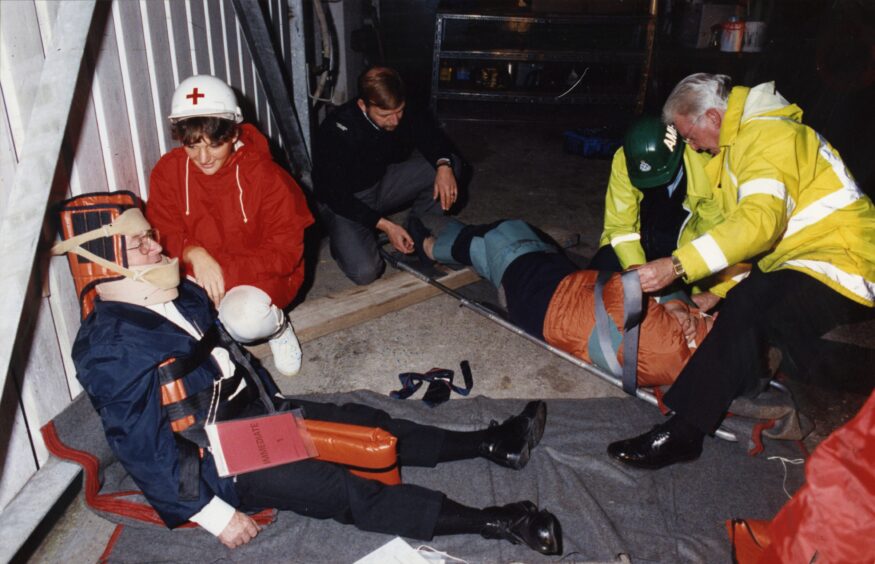
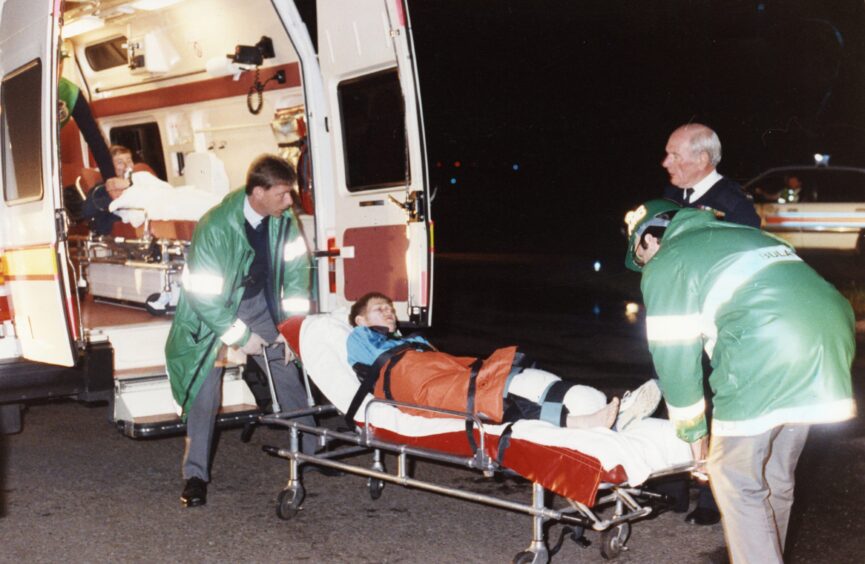
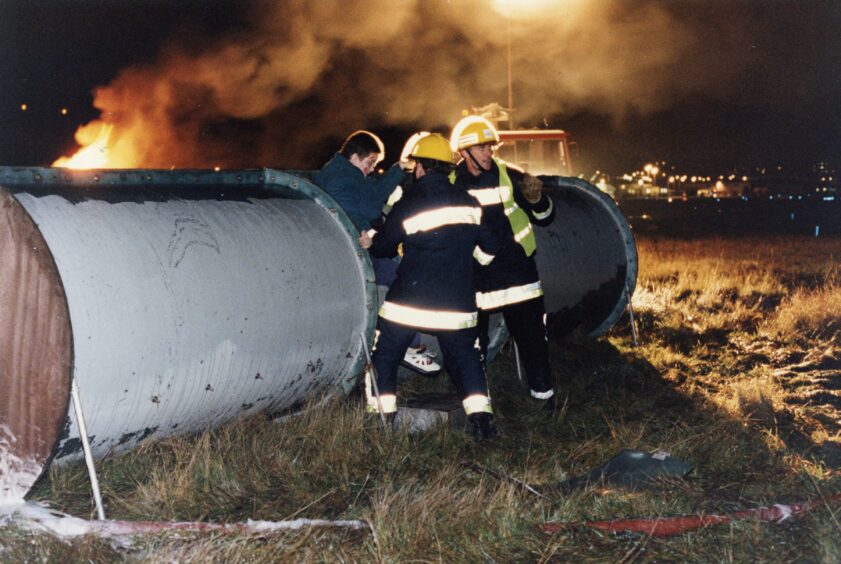
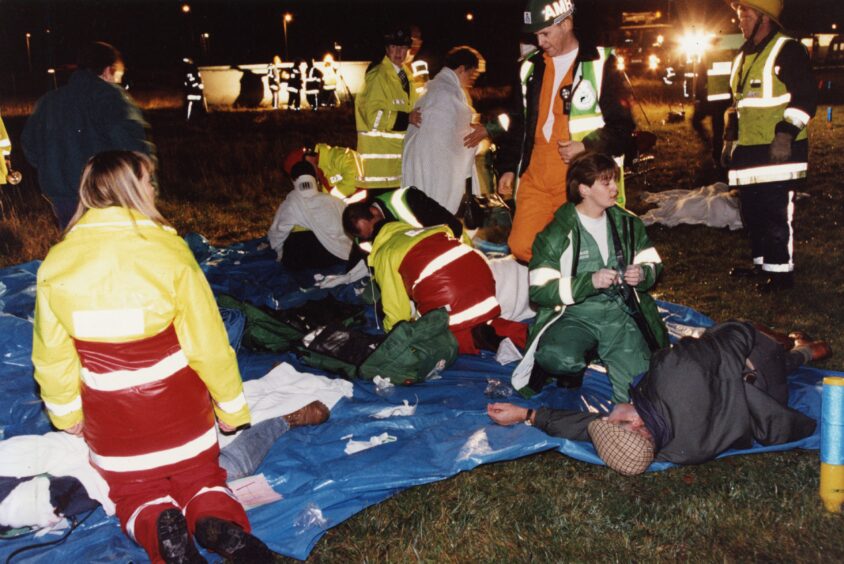
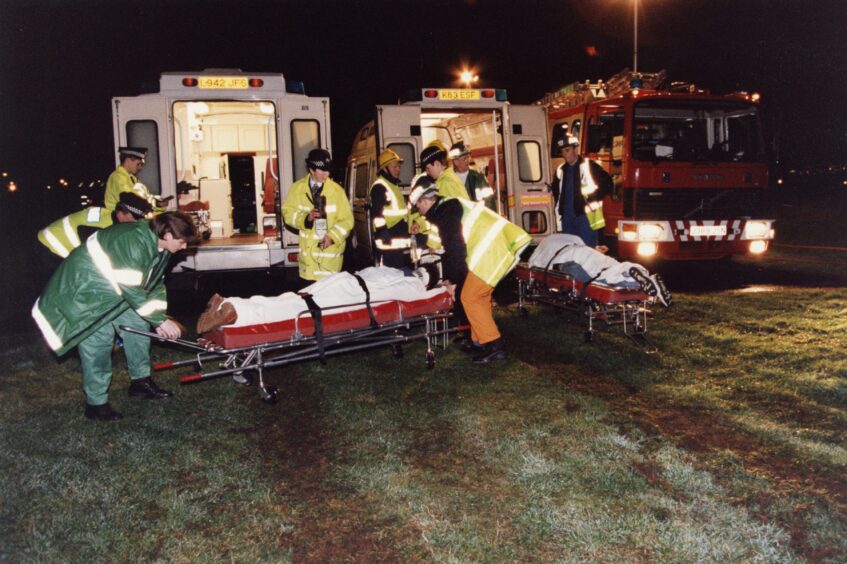
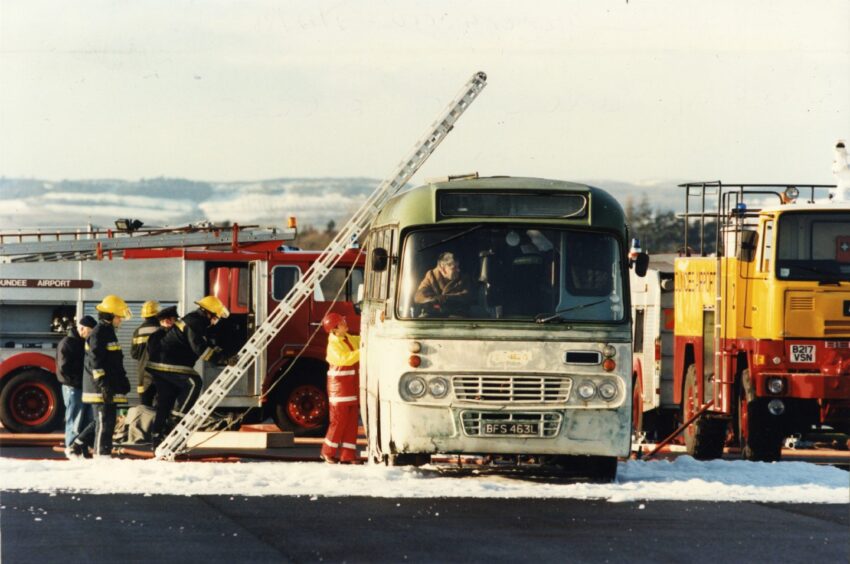

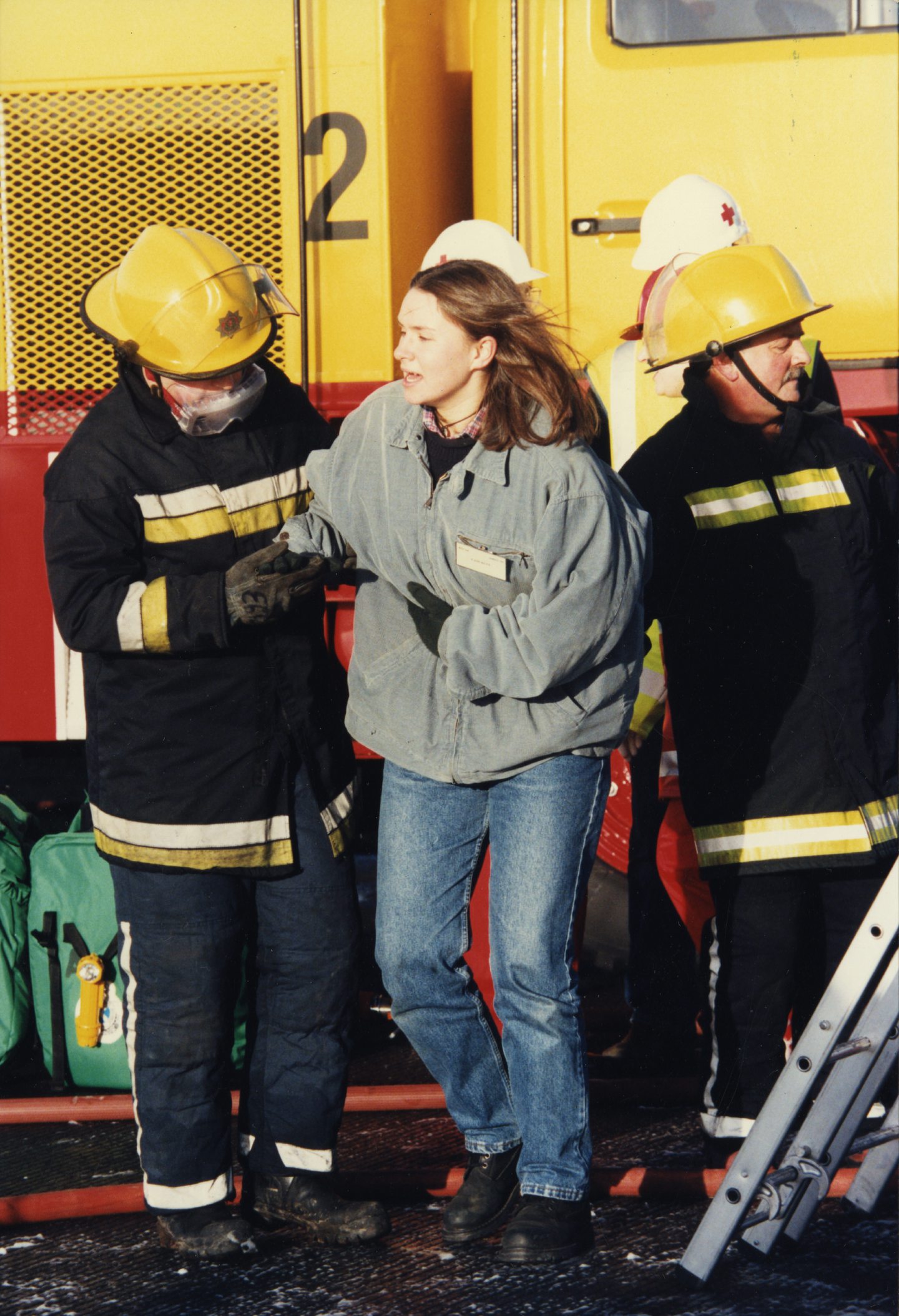










Conversation